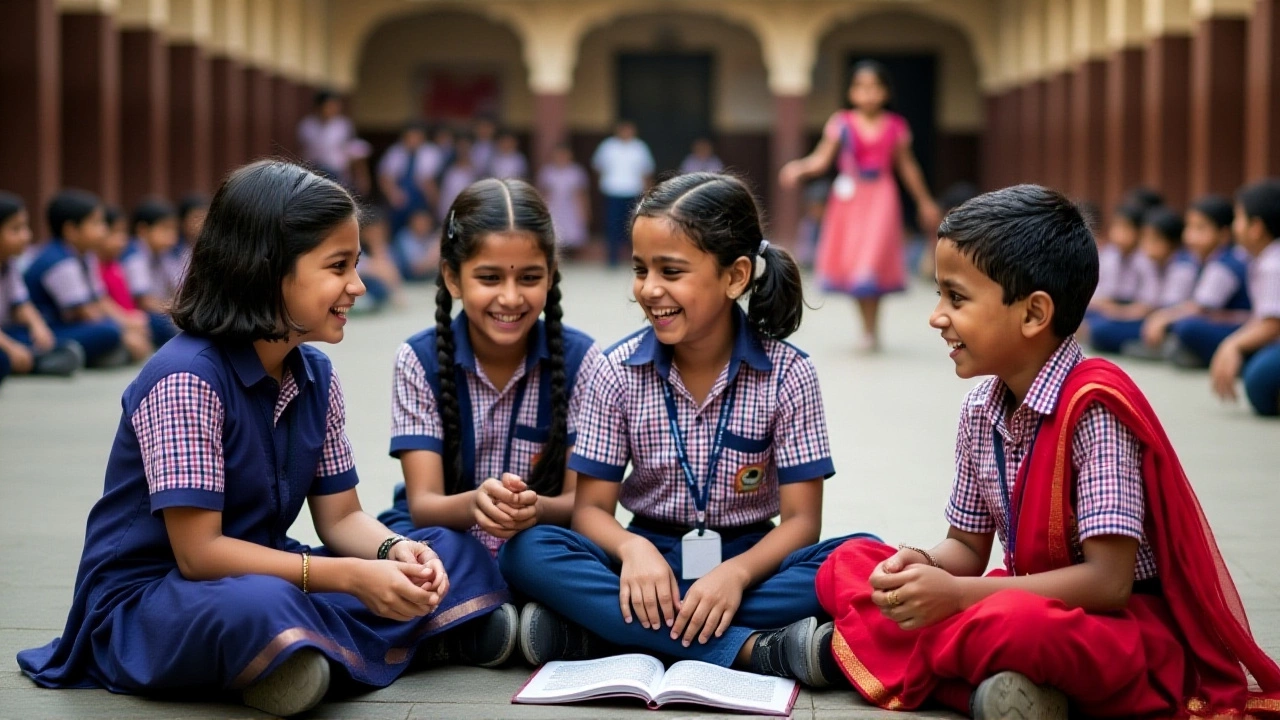School Closures: What They Mean and Why They Matter
When we talk about school closures, the temporary shutdown of in‑person classes due to health, weather, or other crises, the conversation usually jumps straight to remote learning, online classes, digital assignments, and video conferences that replace the classroom. Remote learning isn’t just a tech switch; it reshapes how teachers teach, how kids study, and how families juggle schedules. In fact, school closures encompass a cascade of changes that ripple through the whole education ecosystem.
One of the biggest forces driving the decision to shut schools is government policies, official guidelines and emergency orders issued by local, state, or national authorities. These policies set the rules for when and how schools close, often balancing public health data with economic pressure. When a policy mandates a closure, it automatically triggers a need for remote learning tools, which in turn raises the question of digital access. That's where digital equity, fair access to devices and reliable internet for every student steps in. Without equity, remote learning can widen achievement gaps rather than close them.
Parents feel the pressure the most. Parental concerns, worries about academic loss, safety, and balancing work with home schooling skyrocket the moment a school shuts its doors. Many families scramble to set up learning spaces, monitor screen time, and keep kids motivated. At the same time, children’s emotional health takes a hit. Student mental health, the psychological well‑being of learners during periods of disruption becomes a critical concern, as isolation can lead to anxiety, depression, and reduced engagement. Schools and counselors must adapt quickly, offering virtual counseling and peer‑support programs to keep morale up.
Beyond the Classroom: Long‑Term Effects and Community Action
Beyond immediate learning loss, school closures influence academic performance, attendance records, and even community stability. When students miss in‑person instruction, test scores often dip, and the gap can persist for years. Communities respond by launching tutoring initiatives, after‑school programs, and food‑distribution drives to offset the fallout. Moreover, the need for clear communication becomes evident—transparent updates from school boards, timely FAQs for parents, and real‑time feedback loops help everyone stay on the same page. All these pieces—government policies, digital equity, parental concerns, and student mental health—interact in a web of cause and effect. Understanding how they fit together prepares you for the next wave of decisions, whether you’re a parent, teacher, or policy‑maker.
Below, you’ll find a curated collection of articles that dig deeper into each of these angles. From real‑world stories about remote learning hacks to expert takes on mental‑health support, the posts give you practical insights and fresh perspectives on navigating school closures today.
Diwali 2025 School Holiday Schedule: State‑by‑State Closures Across India
- Vivaan Kulkarni
- |
- |
- 0
Diwali 2025 triggers state‑specific school closures across India, from Delhi's two‑day break to Rajasthan's 12‑day shutdown, impacting 260 million students while meeting RTE's 200‑day rule.
View more